On Monday, April 15, 2024, White House Press Secretary Karine Jean-Pierre delivered a press briefing that has since gone viral.
Within the briefing, one reporter asked Jean-Pierre what President Biden plans to do about the ever-increasing price of gas across the country, and her response has received significant backlash for being frustratingly passive.
Gas Prices in the USA
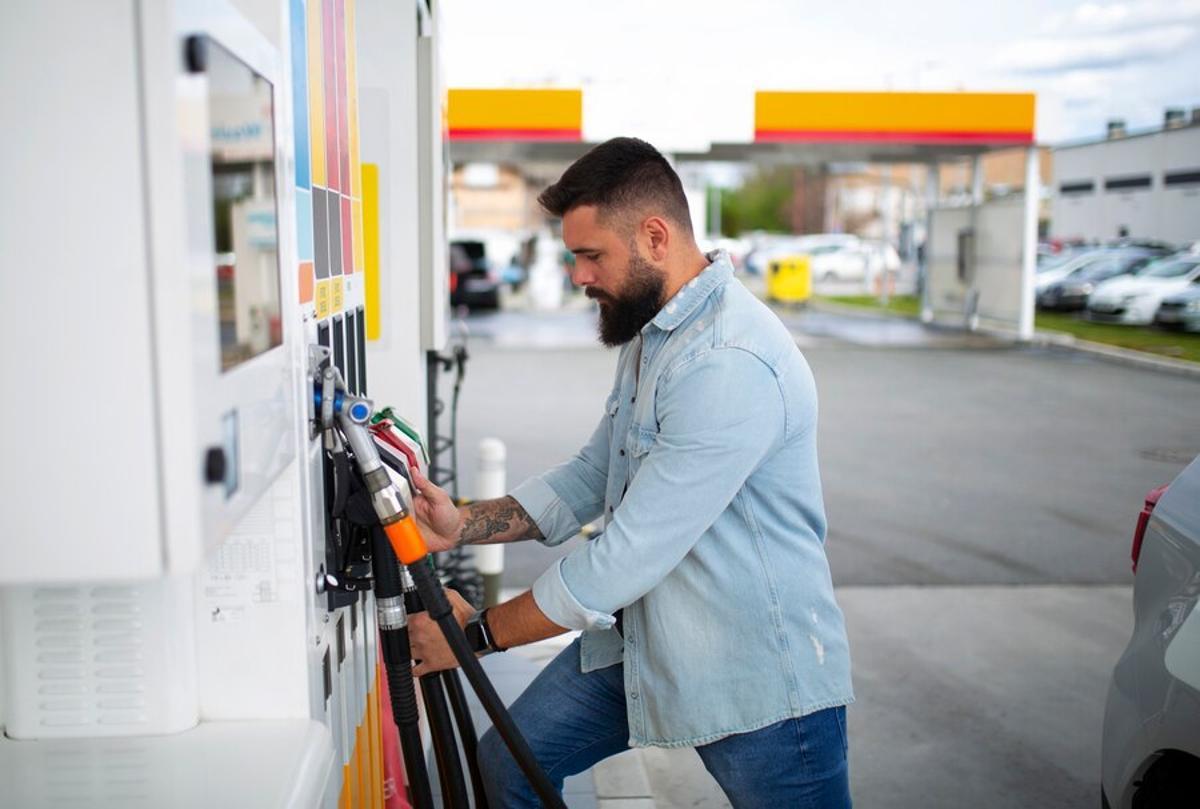
Gasoline is unquestionably one of the most tumultuous industries in the United States. Depending on the state of the nation’s economy, prices skyrocket one year and plummet the next.
Unfortunately for American drivers, the cost of a gallon changes almost every day. Sometimes, it can increase by upwards of 10% in just one month. When citizens wake up in the morning, they have no idea how much it’s going to cost in gas to get to work.
This Reality Has Kept Gas on Everyone’s Mind
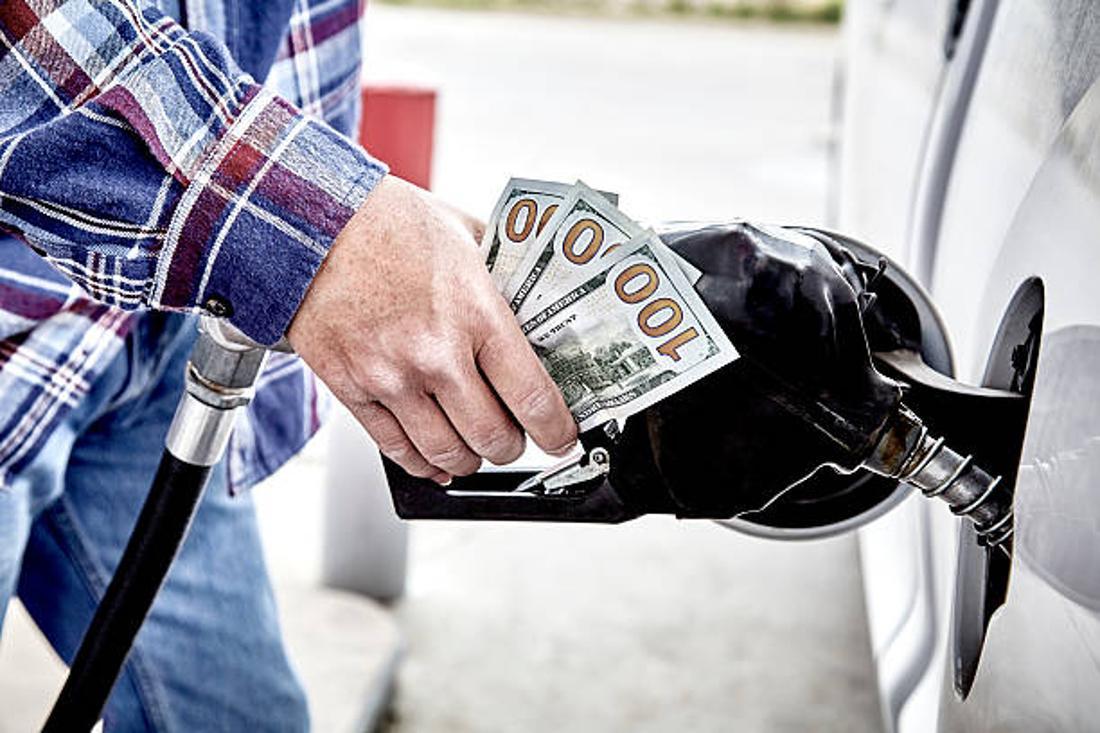
Because of this confusing and often frustrating reality, gas prices are constantly on the minds of the majority of Americans. And now, in April 2024, as the price of gas is increasing (yet again) at quite a substantial rate, Americans are even more concerned than usual.
According to the American Automobile Association (AAA), the national average was $3.644 per gallon on Tuesday, April 16, a 5.2% increase from last month’s $3.461.
The White House Is Indifferent to the Increasing Cost of Gas
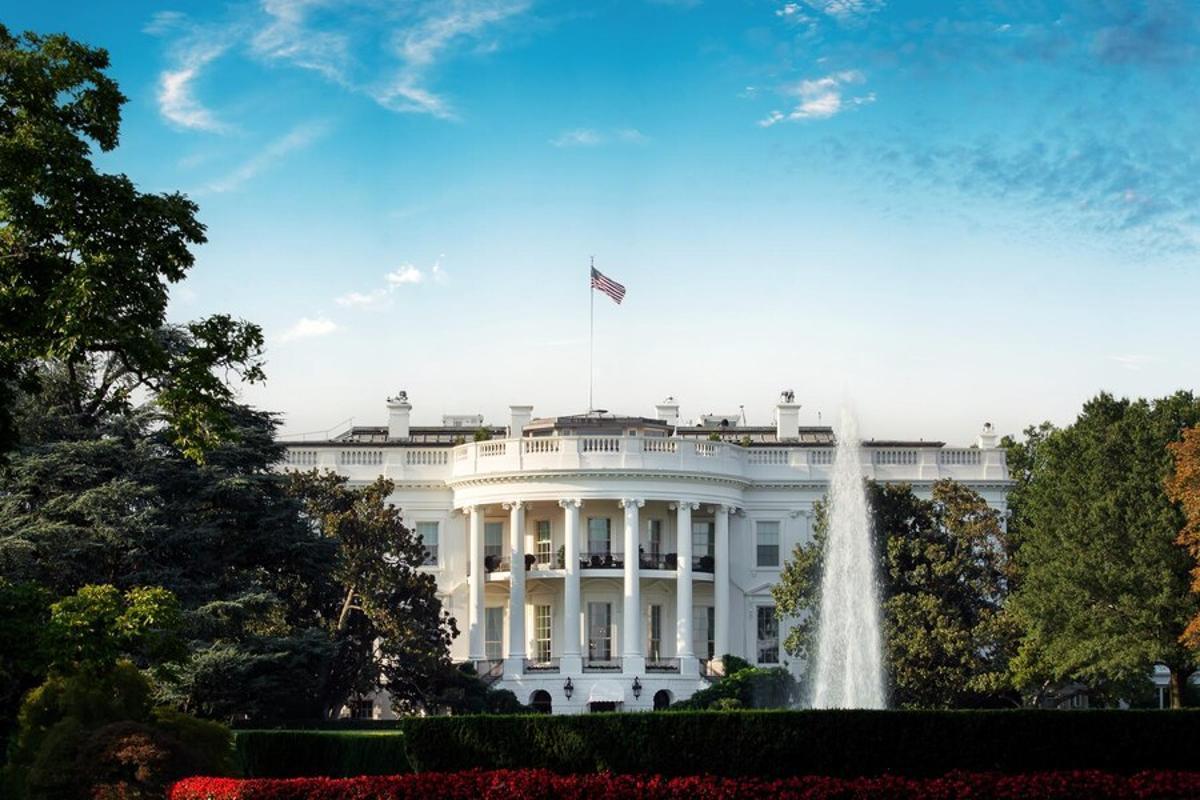
A 5.2% increase in just 30 days is certainly significant for the average American, especially because it seems the White House isn’t concerned.
When asked directly about the increased price of gas, White House Press Secretary Karine Jean-Pierre responded by saying, “The average gas price right now is cheaper than this time last year.” Which did not comfort the country.
Press Secretary Jean-Pierre’s Lackluster Response

Press Secretary Jean-Pierre also said, “I would say that gas prices remain well below their peak back in 2022, I think that’s important… and that’s because of what this president has been doing over the last three years.”
Many Americans were outraged that the Biden administration apparently has no “new actions” to try to lower gas prices in the near future. They argue that even though gasoline is still cheaper than it was last year, it is still “way overpriced.”
Americans Reacted to the Press Conference on Social Media

The Republican National Committee shared the press conference on social media platform X, formerly Twitter, and many users responded with their frustrations regarding the lack of attention the Democratic president is giving the situation.
One user wrote, “Used to be 2 bucks. Now it’s over 3 bucks. The fact that it’s not 4 bucks anymore doesn’t change the fact it’s still high.” And another wrote, “Karine Jean-Pierre praises the current gas prices, even after being told they’ve gone up 20¢/gallon in just the past month. Are you impressed by gas prices under Biden?”
Gas Prices Under Biden’s Rule
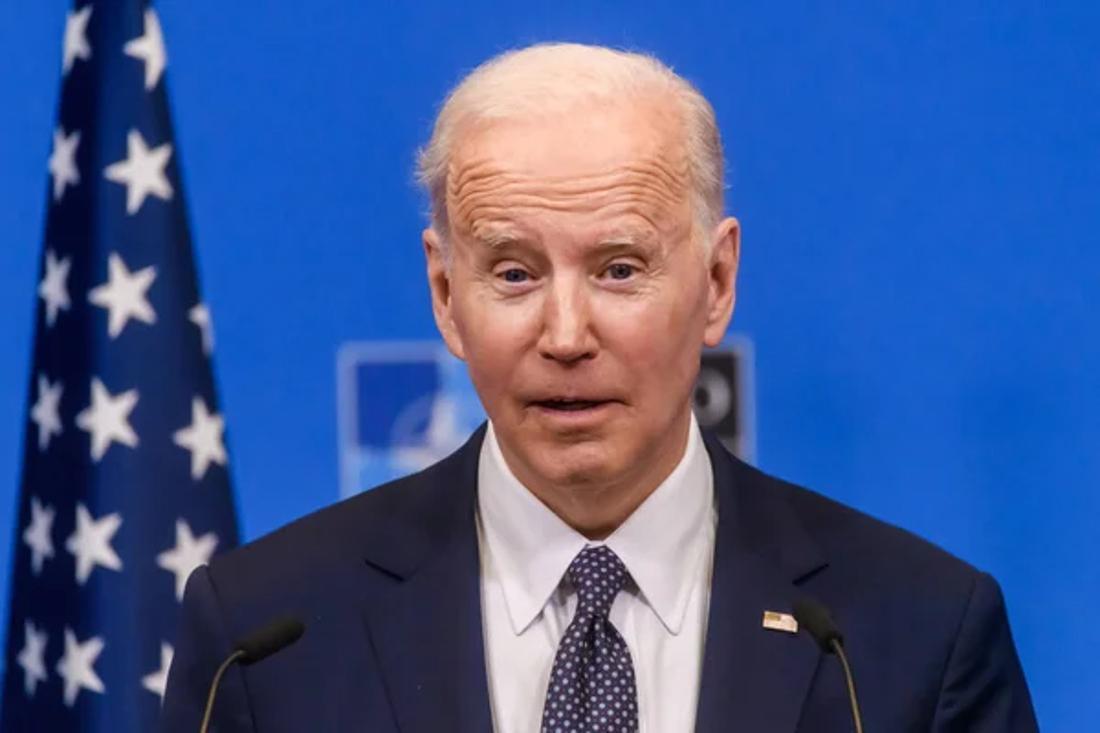
When President Joe Biden took office in January 2021, the average cost for a gallon of gas was $2.40. Within just one year, that price rode to $3, and in 2022, the average gallon cost a whopping $5.06.
Over the past 18 months, that number has significantly decreased to $3.64; however, as many argue, that’s still extremely high compared to what it was when Biden was elected.
The RNC Is Highlighting Biden’s Mistakes
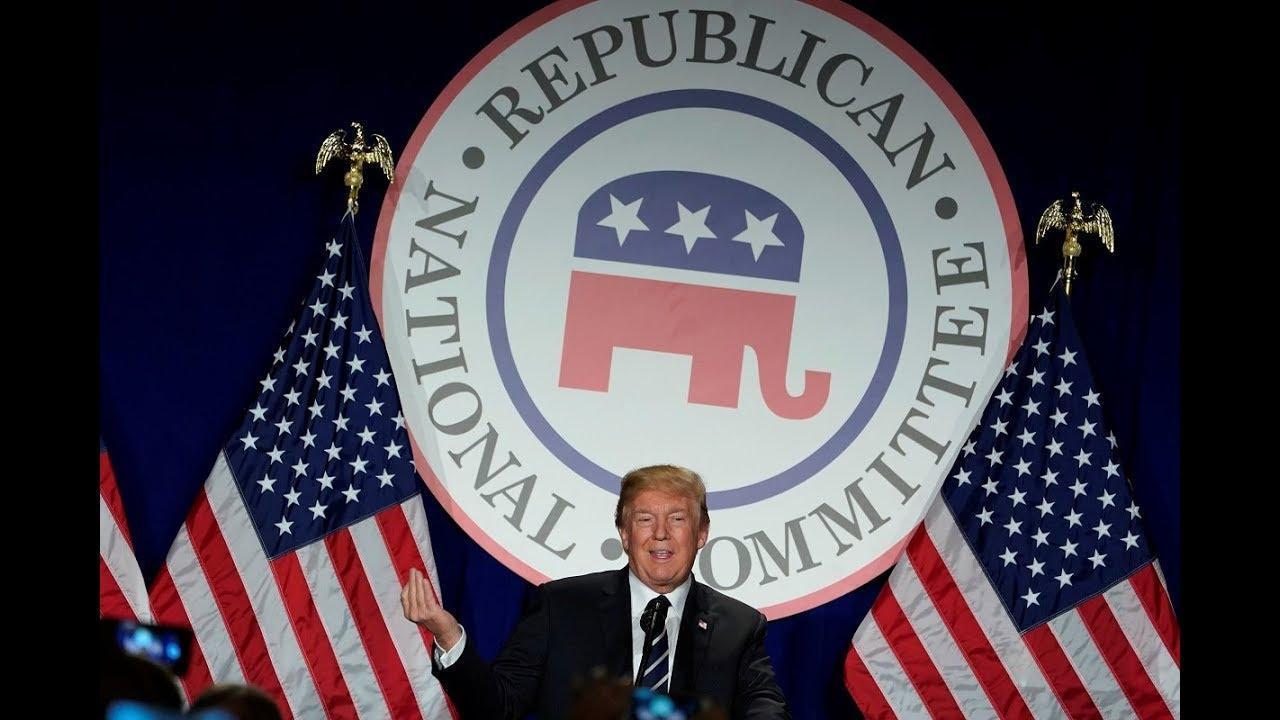
Of course, with the November presidential election right around the corner, the RNC is taking every opportunity to highlight the president’s mistakes.
They argue that the Democratic president hasn’t done nearly enough to minimize the growing cost of fuel, as well as the ever-increasing inflation rate and the many other economic issues America is currently facing.
Others Argue There’s Nothing the President Could Have Done to Curtail Gas Prices
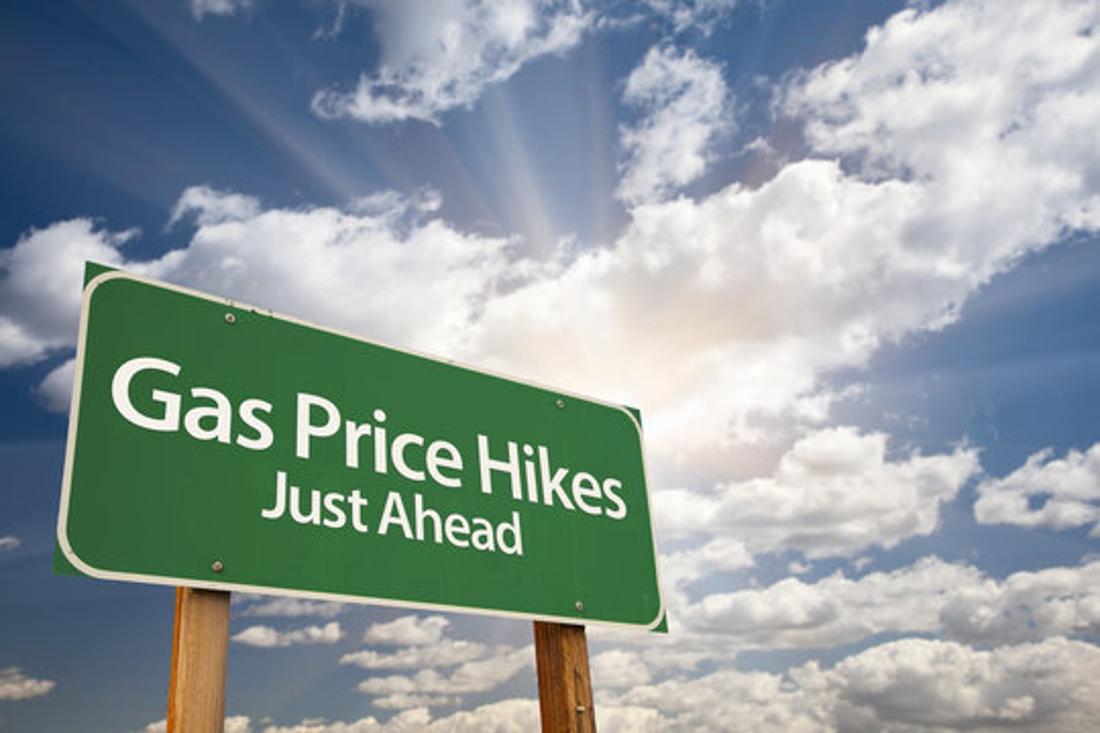
However, there are others who say that the president has done his absolute best throughout the past four years. And specifically, that there was nothing he could have done differently to decrease the cost of gas.
Head of petroleum analysis at GasBuddy, Partick De Haan, explained that the increase in gas prices “was completely expected and where we are today is not a surprise at all.”
It’s Not Just About the Cost of Gas

Of course, the increasing cost of gas is frustrating, but the unrest among Americans is not solely based on this one annoyance.
It seems as though everything costs more than it once did; from groceries to utility bills, rent, mortgage rates, cars, clothes, and everything in between, Americans are simply sick of paying more for their necessities.
The Average American Spends $2,000 on Gas Per Year
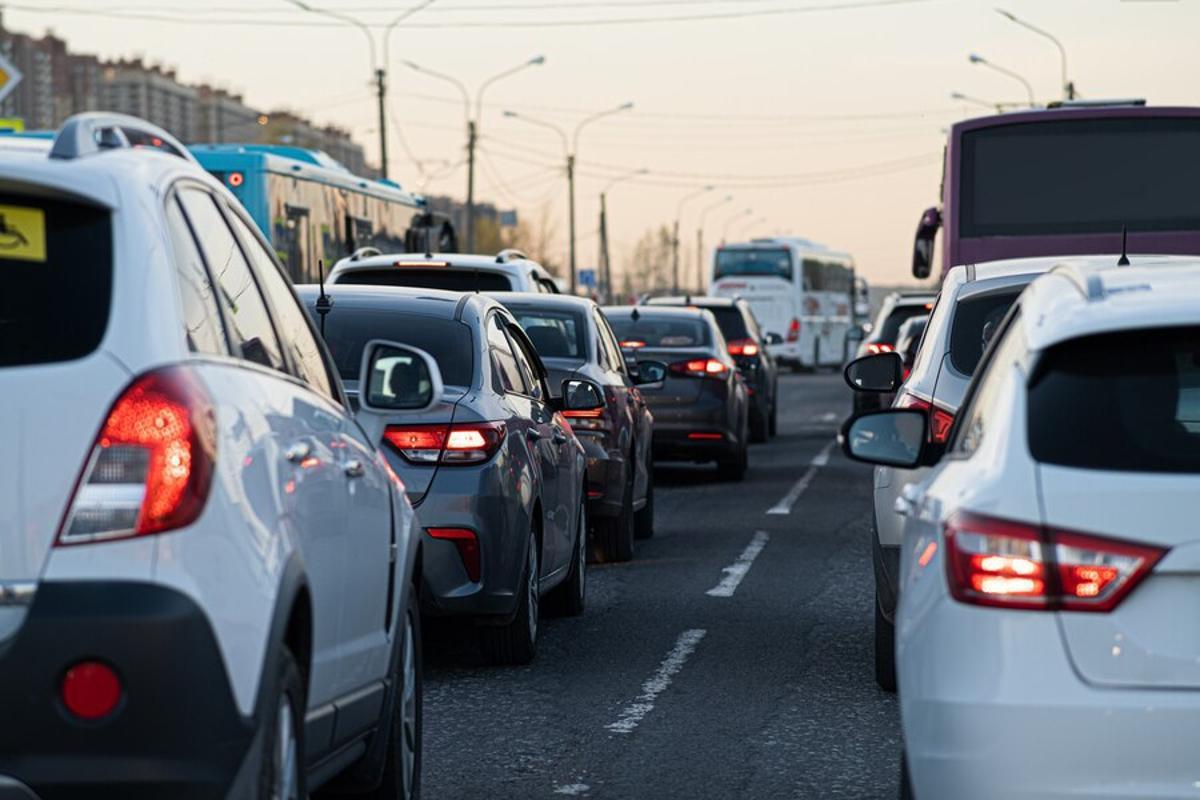
In addition to their many other bills and necessary purchases, the average American spends $2,000 on gas every year.
In 2023, the federal government defined a low-income American as someone who makes less than $14,580 per year. This means that millions of low-income earners spend more than 14% of their income on gas, and that number will significantly increase as the cost of gas increases.
American Drivers Should Prepare For Higher Costs This Summer

The debate will certainly continue as to whether President Biden is to blame for the increasing price of gas or if it was destined to happen no matter who was sitting in the Oval Office.
However, one thing is for sure: Americans should expect the price of gas to increase over the coming months. According to expert Patrick De Haan, the national average will likely hit $3.89 by the end of May 2024.
White House Strategy and Public Expectations
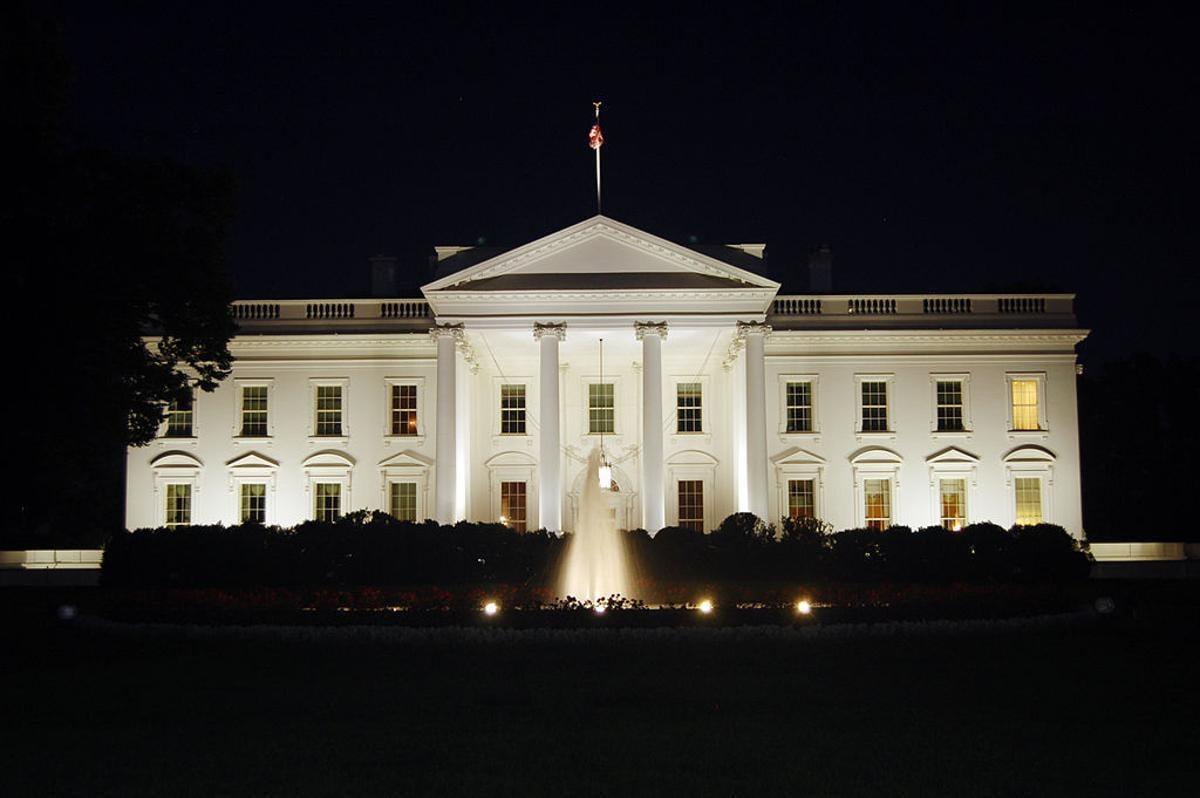
The Biden administration emphasizes monitoring international oil markets and domestic gas prices, with promises to keep gas prices within reasonable limits (via Bloomberg).
Despite this, public frustration grows as prices at the pump soar, highlighting a gap between official assurances and everyday realities faced by American drivers. The administration’s reliance on the Strategic Petroleum Reserve as a quick fix is increasingly seen as insufficient by the public.
Strategic Petroleum Reserve (SPR) – A Deeper Look
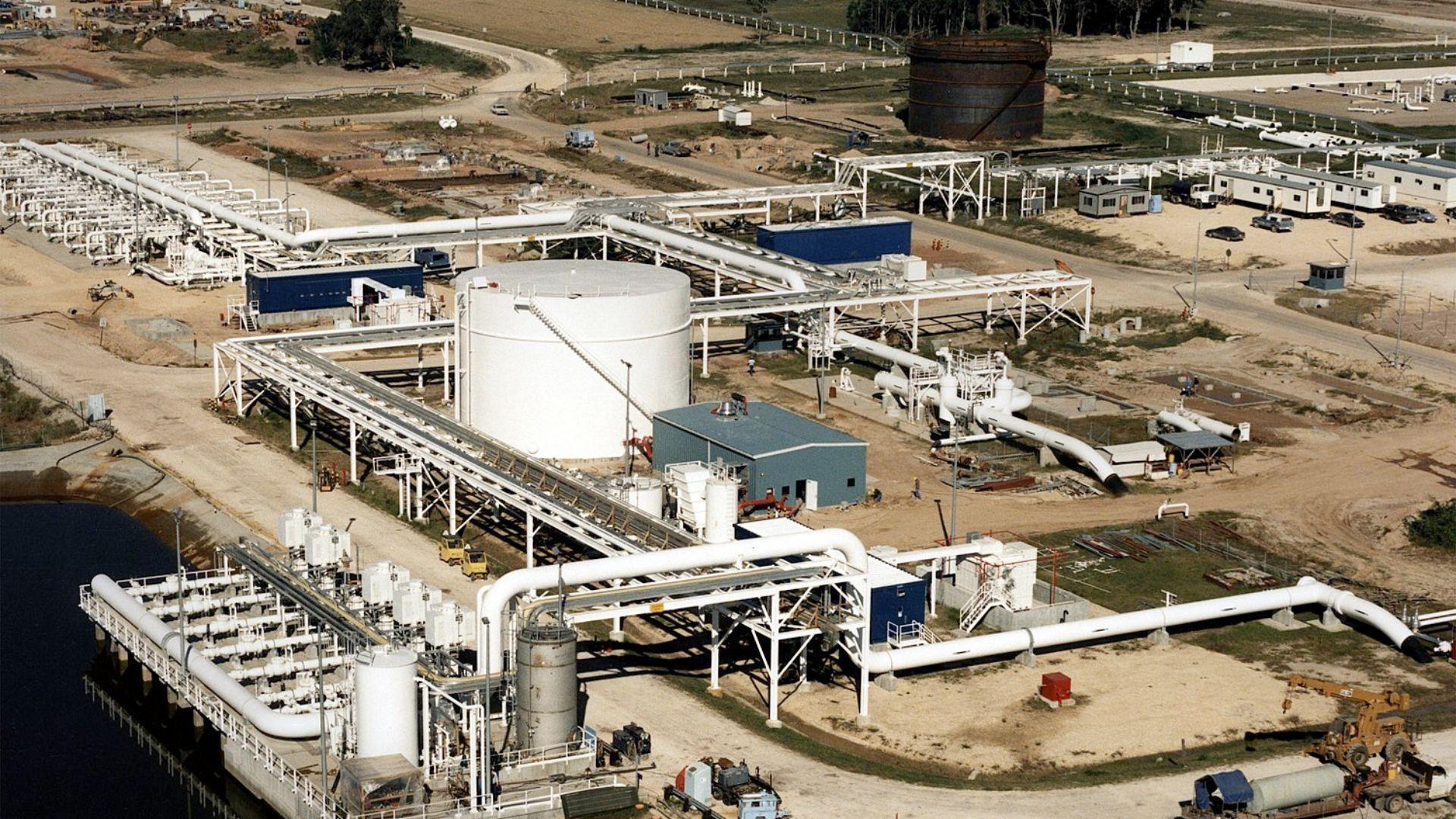
The Strategic Petroleum Reserve, America’s emergency oil stockpile, is intended to mitigate supply disruptions. Recently, the White House tapped into this reserve, releasing 180 million barrels in 2022.
Despite this, the reserve’s levels are the lowest in decades, raising concerns about future capacity to address ongoing price surges.
Public Perception of SPR Releases
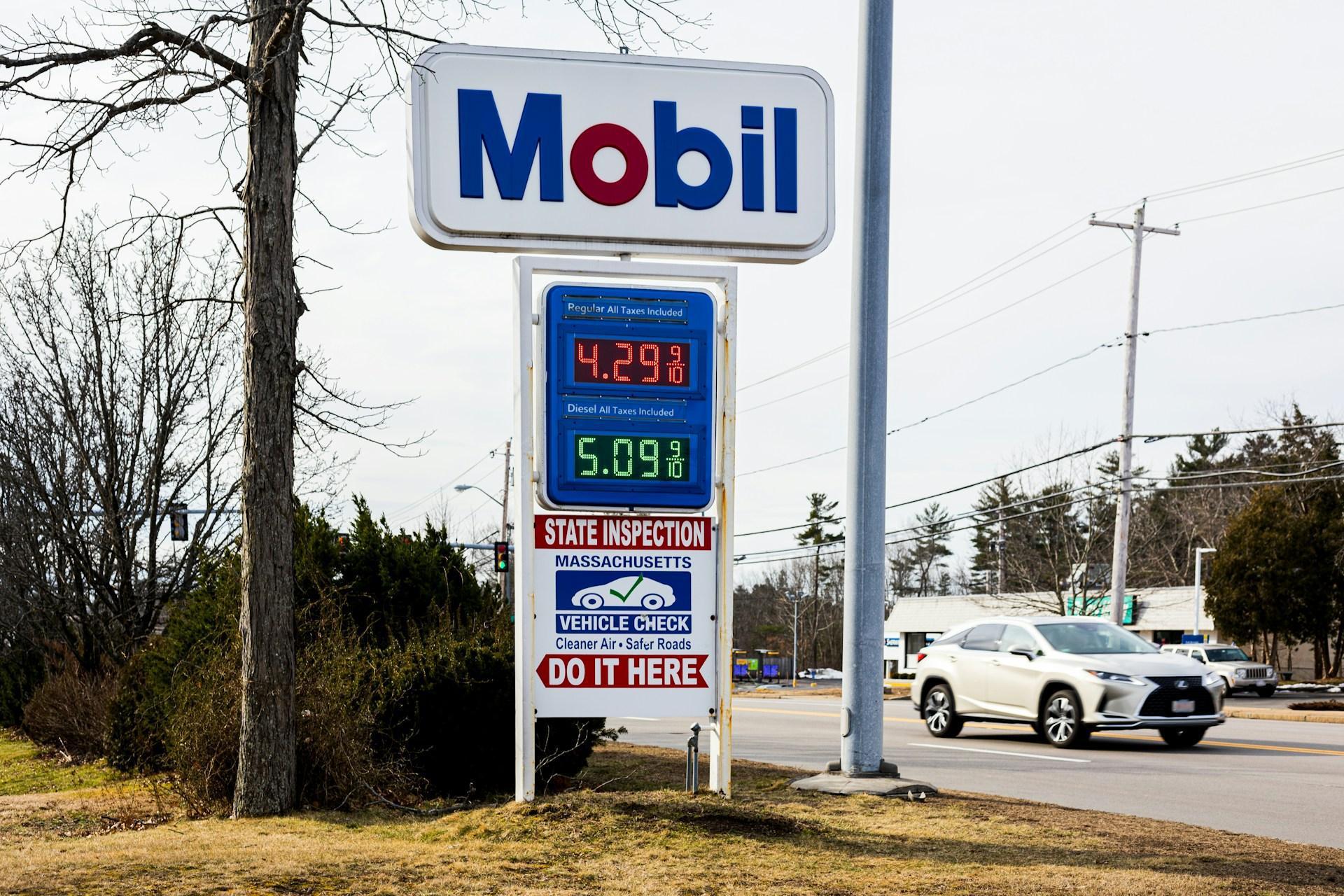
Many Americans view the use of the Strategic Petroleum Reserve as a temporary solution that fails to address underlying issues in the energy sector.
Critics argue that while these releases might offer short-term relief, they do not constitute a sustainable strategy and could jeopardize future security needs.
Impact of Global Events on Gas Prices
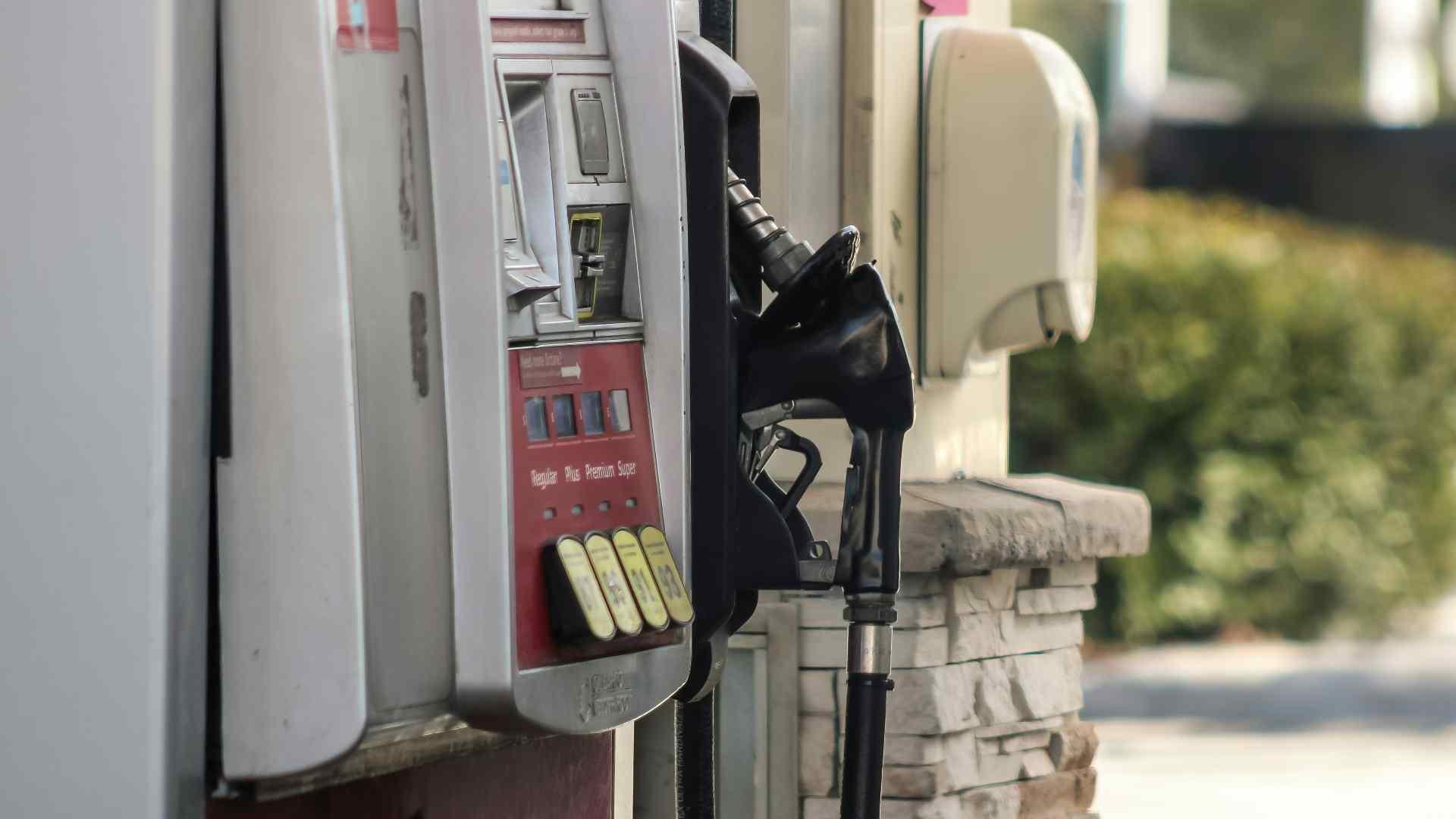
Recent escalations in the Middle East and Eastern Europe have tightened global oil supplies, driving U.S. gas prices up.
Public discontent is palpable as many feel that the administration’s response fails to shield them from the immediate impacts of international conflicts on fuel costs.
Economic Advisors’ Role and Public Scrutiny
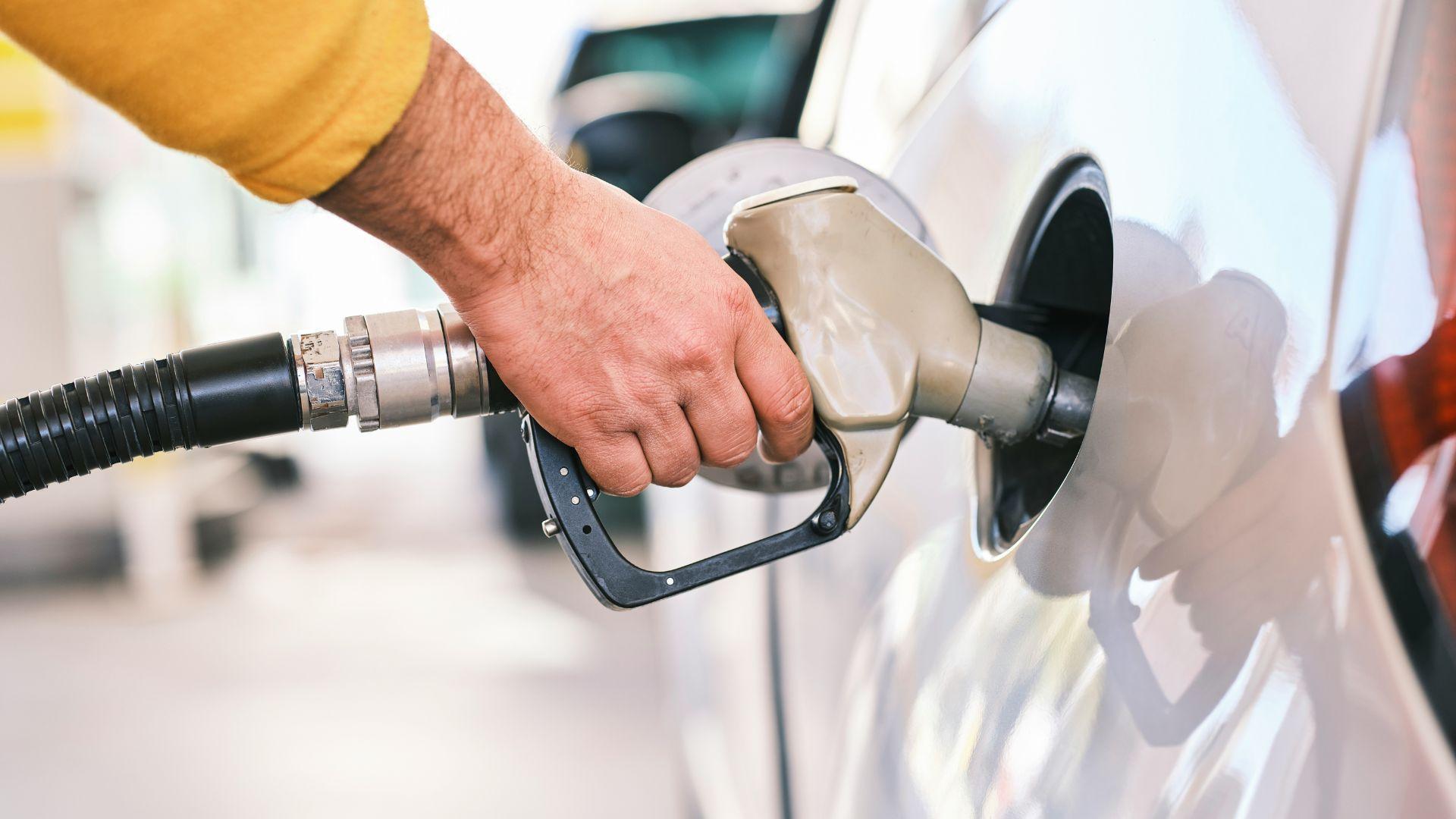
Lael Brainard and other economic advisors are at the forefront of the White House’s strategy to control gas prices, advocating monitoring and careful intervention (via CNBC).
However, their effectiveness is increasingly questioned by the public who suffer from rising costs, despite these measures.
Republican Criticism of Biden’s Energy Policies

Republicans have capitalized on rising gas prices as evidence of flawed energy policies under the Biden administration (via NBC News).
They criticize the reliance on the Strategic Petroleum Reserve and call for more robust energy independence strategies, leveraging these points in pre-election campaigns.
Media Influence on Public Perception

Media outlets play a crucial role in shaping perceptions of the administration’s handling of gas prices.
Across networks, coverage ranges from supportive of strategic reserve releases to critical of the administration’s broader energy policies, significantly influencing public opinion.
Environmental Advocates and the Gas Price Debate
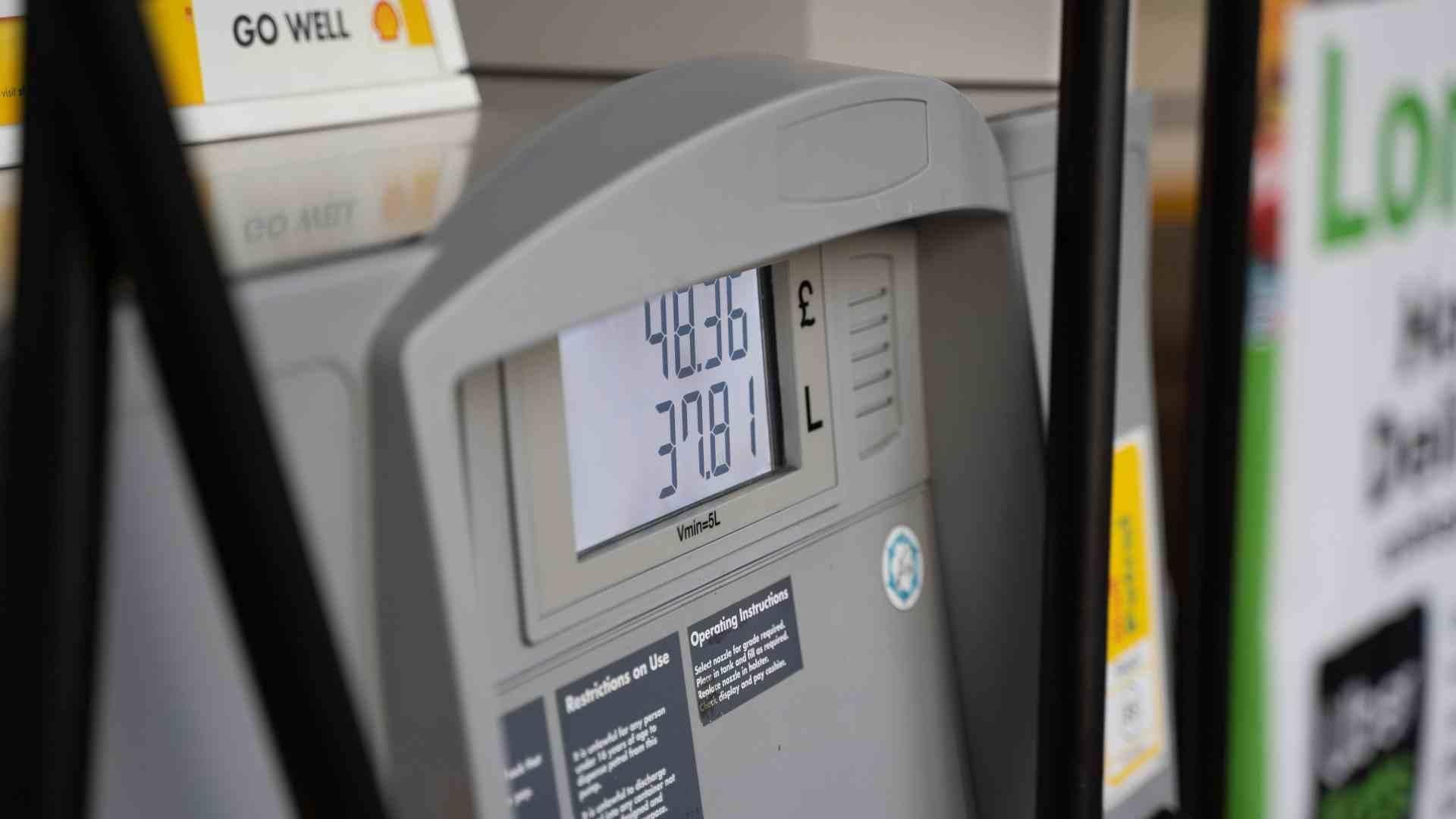
Environmental groups advocate for reducing reliance on fossil fuels, aligning with long-term environmental goals but clashing with immediate public desires for lower gas prices.
These tensions highlight the challenge of balancing economic and environmental priorities in policy-making.
Alternatives to Gasoline – Electric Vehicles and Public Transport
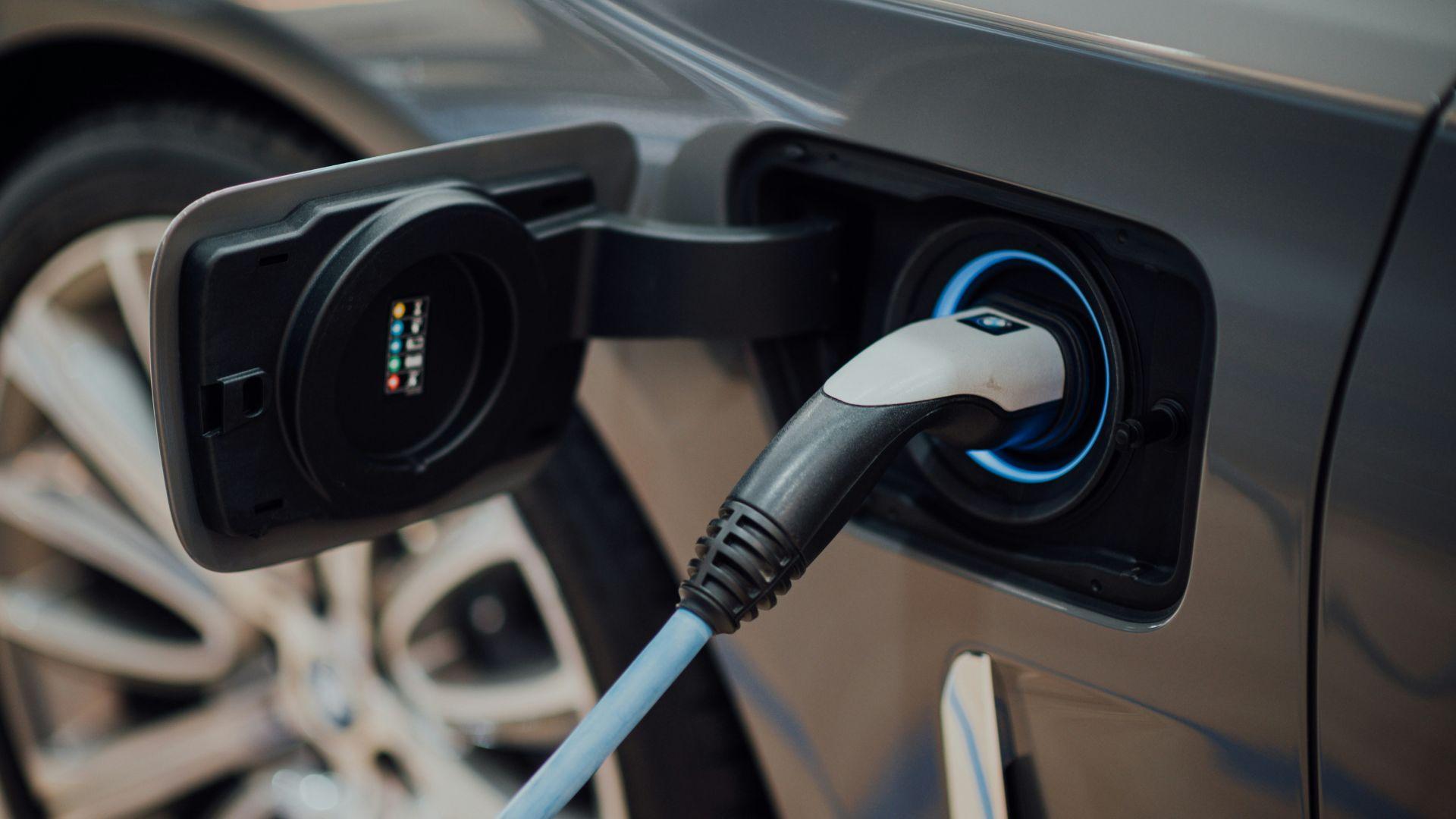
As gas prices rise, the focus shifts to long-term alternatives like electric vehicles and public transport enhancements.
However, significant barriers such as cost, infrastructure, and public acceptance slow these alternatives’ adoption, despite their potential to alleviate dependency on gasoline.
The Economic Impact of High Gas Prices on Average Americans

Rising gas prices strain American households, with many spending a significant portion of their income on fuel, in addition to other rising costs for bare necessities like groceries.
This economic pressure is particularly harsh on low-income families, who face difficult choices between fuel costs and other essentials.
Predictions for Future Gas Prices
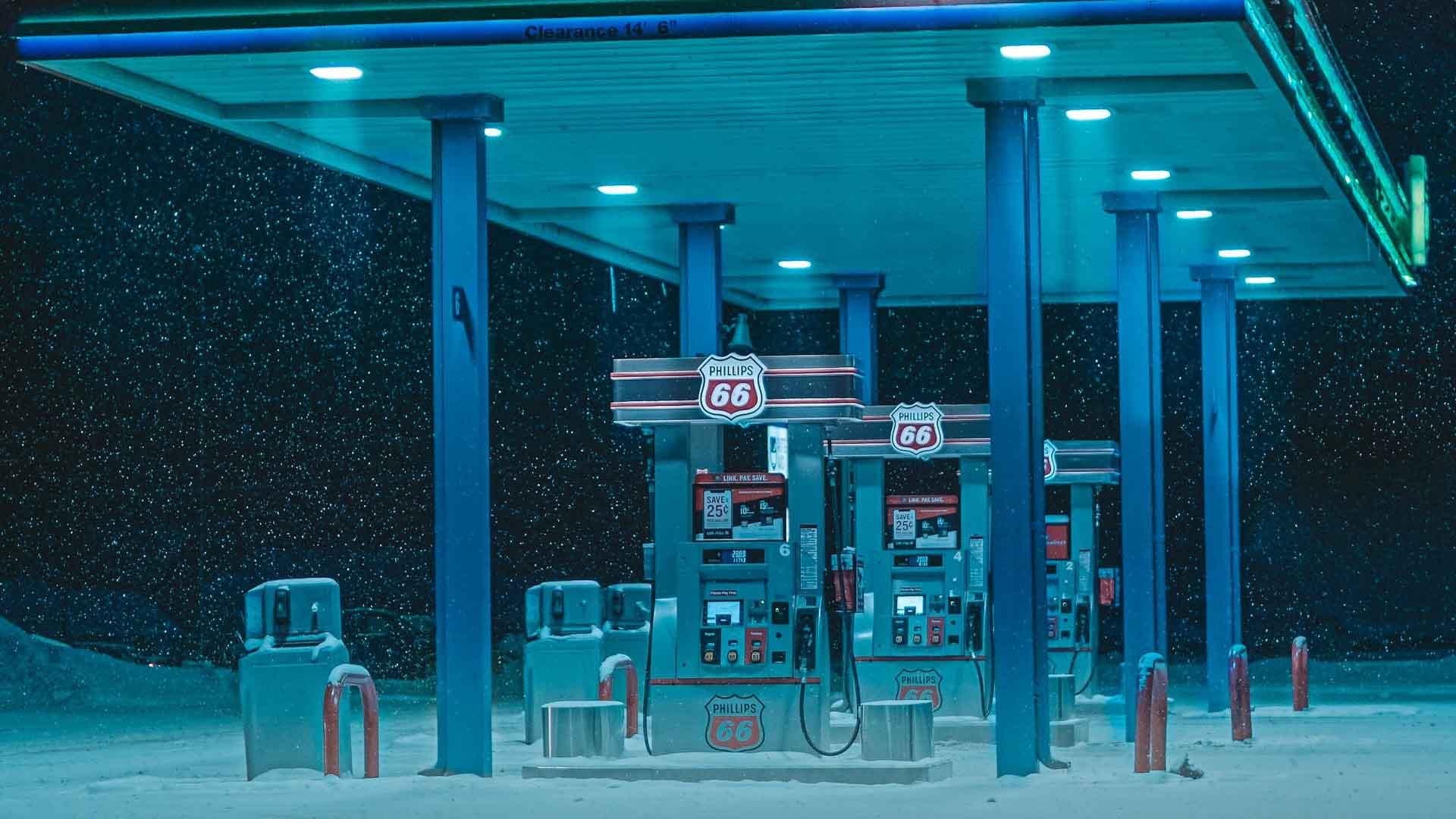
With a $4 per gallon projection looming, the future of gas prices is a critical concern for both policymakers and average Americans.
This projection poses potential economic challenges but may also drive positive change towards a more sustainable energy landscape.
Calls for Policy Reforms
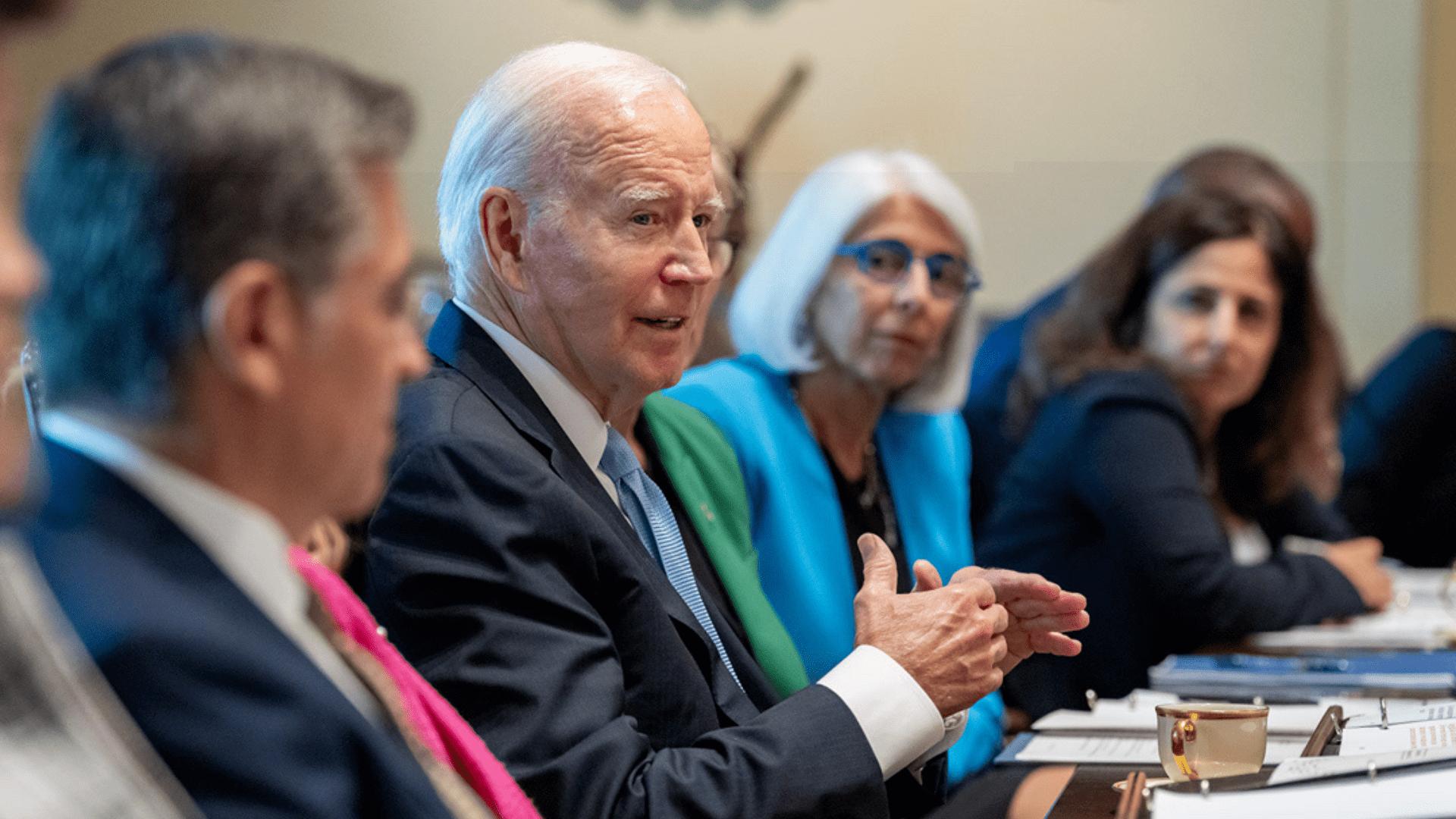
Amidst growing public dissatisfaction, there are increasing calls for comprehensive reforms in energy policy (via Pew Research).
Advocates push for strategies that not only address immediate price concerns but also foster long-term sustainability and energy independence.

